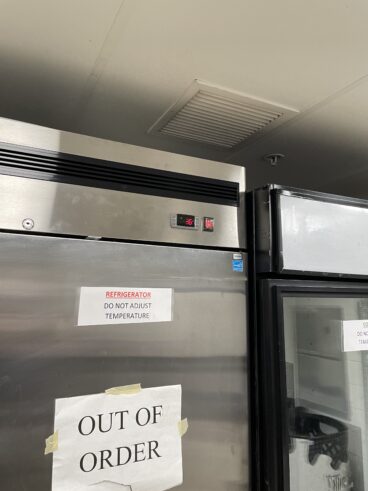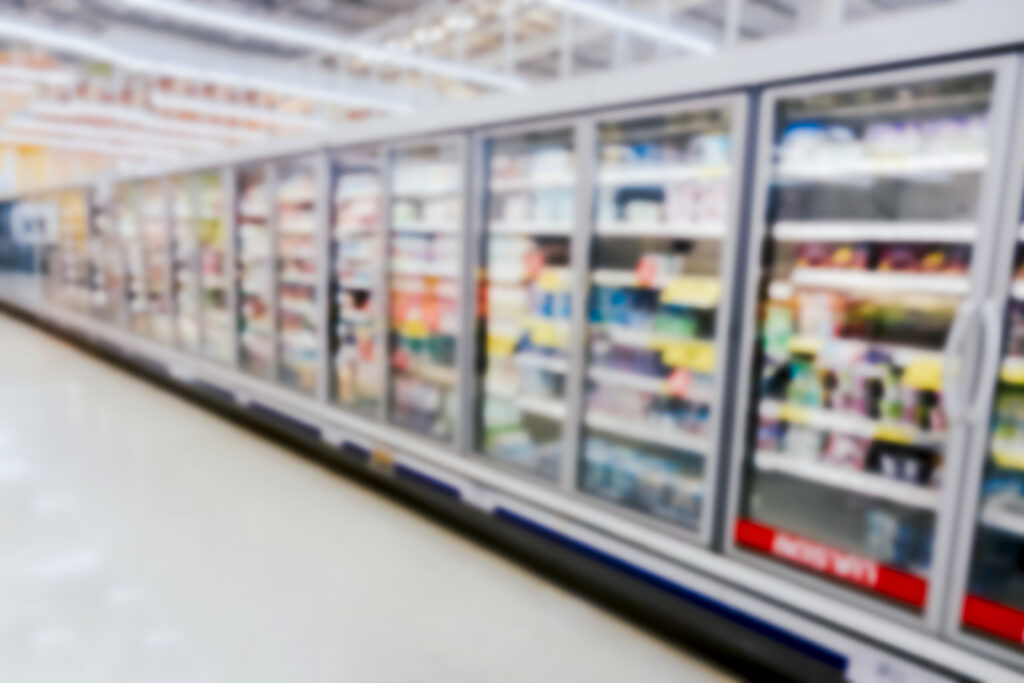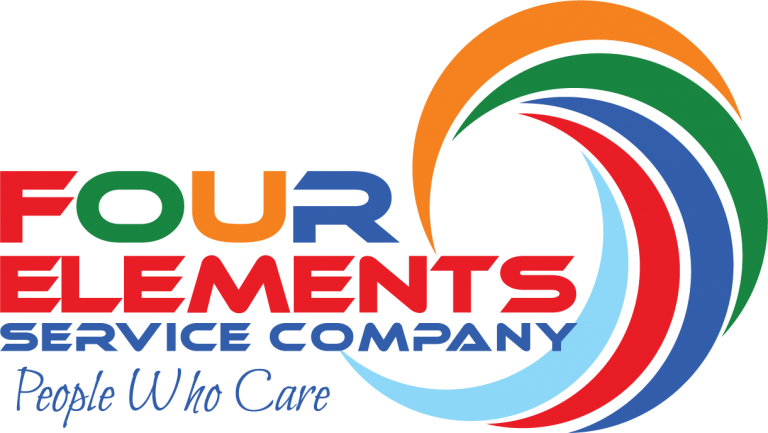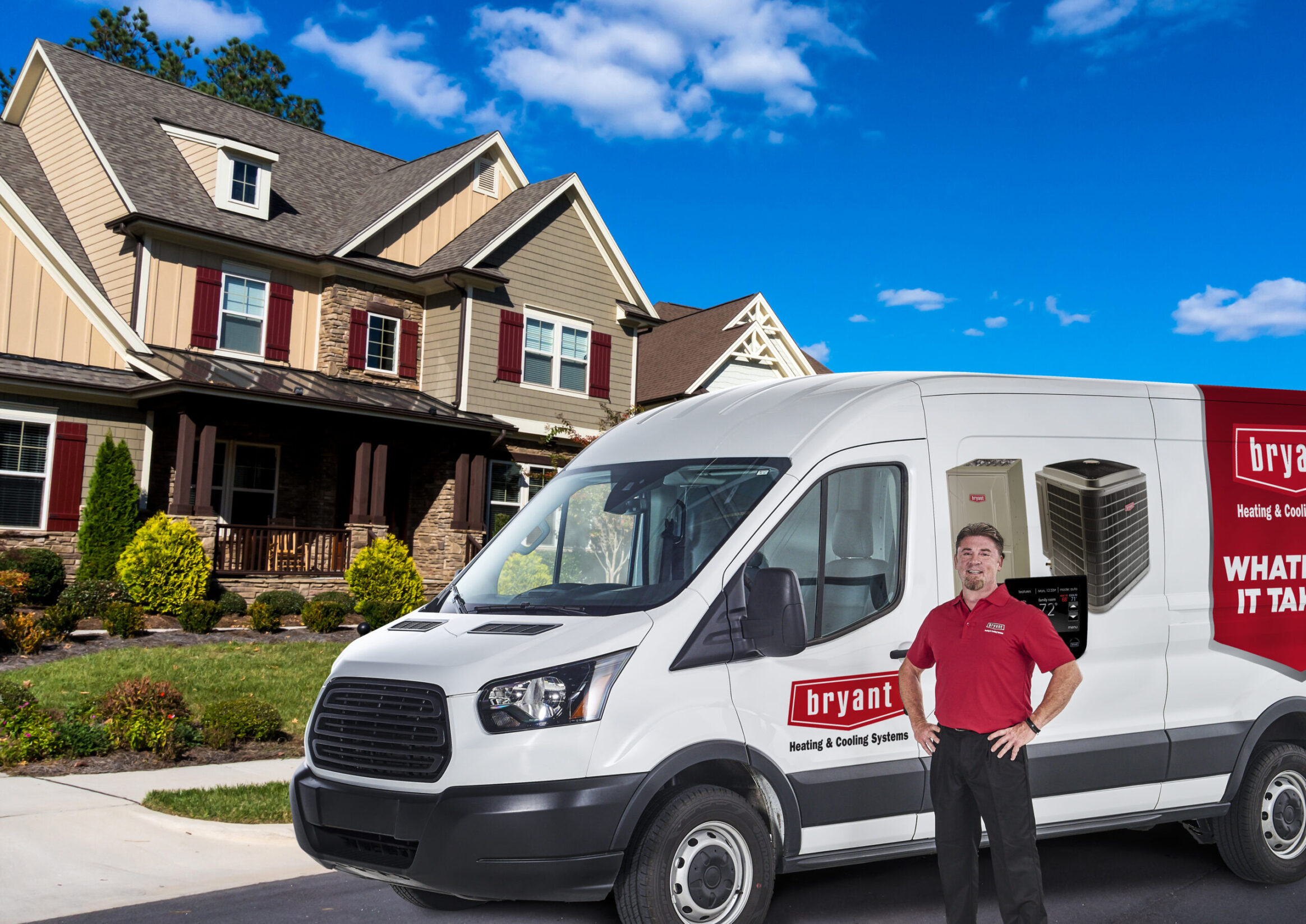
Common Issues with Commercial Refrigerators
Commercial Refrigerators issues and first troubleshooting.

A comprehensive troubleshooting guide for common problems encountered with commercial refrigerators has been made available to you.
Commercial refrigerators are essential for businesses in various industries, from restaurants and grocery stores to pharmaceutical companies and research laboratories. These refrigeration units play a crucial role in preserving perishable goods, maintaining product quality, and ensuring food safety. However, like any mechanical system, commercial refrigerators are susceptible to various issues that can compromise their performance and efficiency. Understanding these common problems is key to proactive maintenance and timely repairs. Here are some of the most prevalent issues encountered with commercial refrigerators:
- Temperature Fluctuations: Commercial refrigerators must maintain consistent temperature levels to preserve perishable goods effectively. Temperature fluctuations can occur due to various factors, such as malfunctioning thermostat, improper door seals, or inadequate airflow. Fluctuating temperatures can lead to food spoilage, affecting product quality and posing health risks.
- Inadequate Cooling: Insufficient cooling is a common issue that can result from compressor failure, refrigerant leaks, or dirty condenser coils. When the refrigerator fails to maintain the desired temperature, it can jeopardize the freshness and safety of stored products. Prompt diagnosis and repair are essential to restore proper cooling functionality and prevent potential losses.
- Excessive Frost or Ice Build-Up: Excessive frost or ice accumulation inside the refrigerator or freezer compartments can impede airflow and inhibit cooling efficiency. Common causes of frost build-up include faulty defrost systems, damaged door gaskets, or improper loading of products. Regular defrosting and cleaning are necessary to prevent ice build-up and ensure optimal refrigeration performance.
- Water Leaks: Water leaks are often indicative of underlying issues within the refrigeration system, such as clogged drain lines, damaged water supply lines, or faulty gaskets. Accumulated water can lead to mold growth, corrosion, and structural damage if left unaddressed. Identifying and resolving the source of leaks is crucial to prevent potential damage and maintain a hygienic environment.
- Loud or Unusual Noises: Unusual noises emanating from the commercial refrigerator, such as buzzing, rattling, or banging sounds, may indicate mechanical problems or component failure. Common culprits include malfunctioning fan motors, worn bearings, or loose components. Ignoring these noises can result in further damage and costly repairs down the line.
- Faulty Door Seals: Proper door seals are essential for maintaining temperature consistency and energy efficiency in commercial refrigerators. Worn or damaged door seals can allow cold air to escape and warm air to enter the unit, leading to increased energy consumption and reduced cooling efficiency. Regular inspection and replacement of faulty door seals are necessary to ensure optimal performance.
- Electrical Issues: Electrical problems, such as tripped breakers, faulty wiring, or malfunctioning controls, can disrupt the operation of commercial refrigerators. These issues can result in sudden shutdowns, temperature fluctuations, or erratic behavior. It’s essential to enlist the services of qualified technicians to diagnose and address electrical issues promptly.
- Compressor Failure: The compressor is the heart of the refrigeration system, responsible for circulating refrigerant and maintaining proper temperature levels. Compressor failure can occur due to various factors, including overheating, refrigerant leaks, or mechanical wear. Timely detection and replacement of a faulty compressor are critical to restoring refrigeration functionality and preventing costly downtime.

To mitigate these common issues and ensure the reliable operation of commercial refrigerators, businesses should implement a proactive maintenance program. Regular inspections, cleaning, and servicing by qualified technicians can help identify potential problems early and address them before they escalate into major issues. Additionally, investing in high-quality refrigeration equipment and following best practices for storage and maintenance can prolong the lifespan of commercial refrigerators and safeguard the integrity of stored products.
Following these troubleshooting steps can help diagnose and address the issue effectively:
- Check Power Supply: Ensure that the commercial refrigerator is receiving power by verifying that it’s plugged into a functioning outlet. Check for tripped breakers or blown fuses in the electrical panel and reset if necessary.
- Inspect Thermostat Settings: Verify that the thermostat is set to the correct temperature for the stored products. Adjust the thermostat settings as needed and allow time for the refrigerator to reach the desired temperature.
- Monitor Temperature Levels: Use a thermometer to measure the temperature inside the refrigerator and freezer compartments. Compare the readings with the recommended temperature ranges for food safety standards. If temperatures are outside the optimal range, further investigation is necessary.
- Check Door Seals: Inspect the door seals for any signs of wear, damage, or gaps. Proper door seals are essential for maintaining temperature consistency and energy efficiency. Replace worn or damaged seals to ensure a tight seal when the doors are closed.
- Clean Condenser Coils: Dirty condenser coils can impede airflow and hinder cooling efficiency. Disconnect power to the refrigerator and carefully clean the condenser coils using a soft brush or vacuum cleaner. Remove any debris, dust, or grease buildup to improve heat transfer and airflow.
- Inspect Evaporator Coils: Check the evaporator coils for frost or ice accumulation. Excessive frost or ice buildup can indicate a malfunctioning defrost system or other issues. If necessary, manually defrost the coils and investigate the root cause of the problem, such as a faulty defrost timer or heater.
- Listen for Unusual Noises: Turn on the refrigerator and listen for any unusual noises, such as buzzing, rattling, or banging sounds. These noises may indicate mechanical problems, such as worn fan motors, loose components, or compressor issues. Identify the source of the noise and proceed with appropriate repairs or replacements.
- Inspect Refrigerant Levels: If the refrigerator is not cooling properly, check the refrigerant levels to ensure they are adequate. Low refrigerant levels can indicate leaks or other system issues that require professional attention. Do not attempt to recharge refrigerant without proper training and equipment.
- Check for Water Leaks: Inspect the interior and exterior of the refrigerator for any signs of water leaks or moisture accumulation. Water leaks can indicate problems with drain lines, water supply connections, or damaged components. Address the source of the leaks promptly to prevent water damage and mold growth.
- Consult Manufacturer Documentation: Refer to the manufacturer’s manual or documentation for troubleshooting tips specific to your commercial refrigerator model. Follow any recommended procedures or guidelines provided by the manufacturer for diagnosing and resolving common issues.






Recent Comments